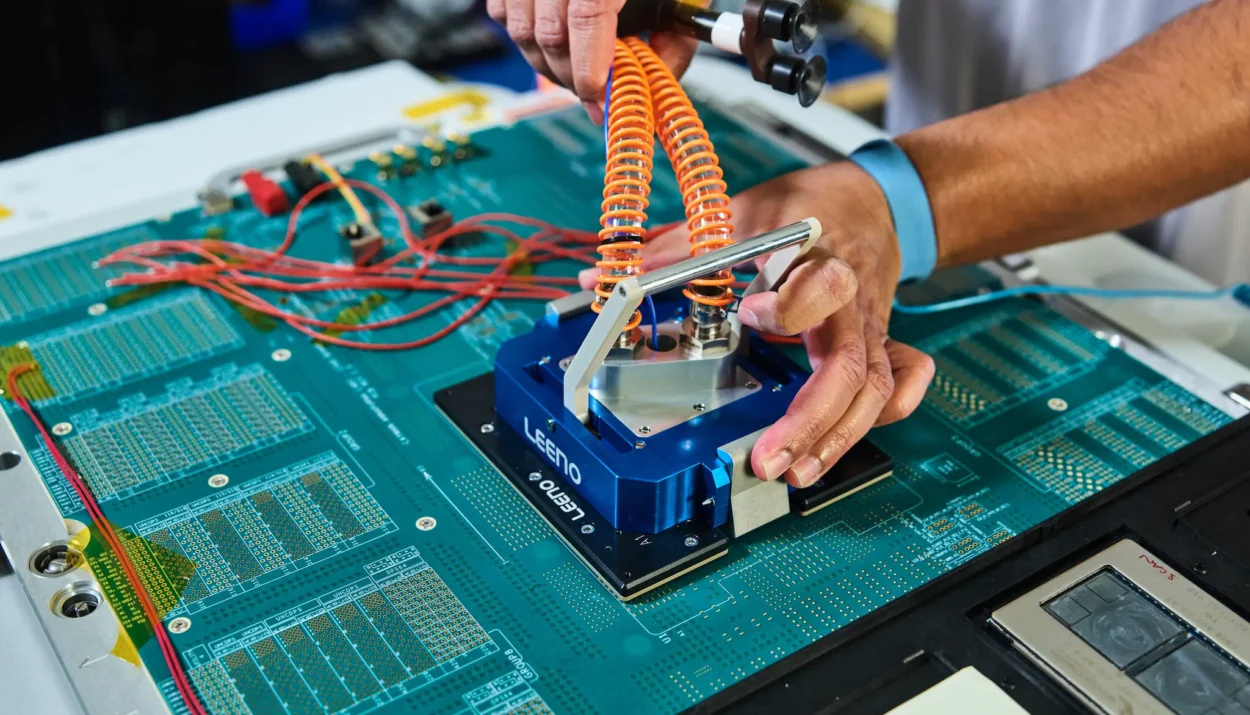As AI technology rapidly evolves, the U.S. government has implemented sweeping rules to manage its global proliferation. The new framework classifies countries into three tiers based on their access to AI chips, prioritizing U.S. allies and imposing restrictions on others. This move reflects a broader strategy to safeguard national security and maintain technological leadership.
- Global Access Restrictions:
The rules divide countries into three categories:- Exempt Nations: The U.S. and 18 close allies face no restrictions.
- Banned Nations: Countries like China and Russia remain barred from acquiring AI chips.
- Limited Access: Most other nations are subject to caps but can negotiate increased access through agreements.
- Industrial Impact:
Tech firms like Nvidia and Microsoft have voiced concerns over the potential economic impact. Nvidia criticized the rules for threatening innovation and competitiveness, while Microsoft pledged compliance. - Security and Innovation Goals:
The regulations aim to consolidate advanced AI development within allied borders, preventing adversaries from leveraging U.S. technology for malicious purposes. Companies operating data centers abroad must adopt strict security measures and retain the majority of their computing power within allied jurisdictions. - Broader Strategic Moves:
In addition to AI regulations, the Biden administration has enacted measures targeting Chinese chip-making capabilities, drones, and export loopholes. These efforts are part of a comprehensive strategy to counter China’s technological ambitions.
The new AI regulations mark a pivotal step in the U.S.’s efforts to shape the global landscape of artificial intelligence. While they aim to bolster national security and preserve technological leadership, the rules have sparked concerns about potential economic repercussions and strained international relations. As the world grapples with the transformative power of AI, these measures underscore the U.S.’s commitment to maintaining control over this critical technology.










